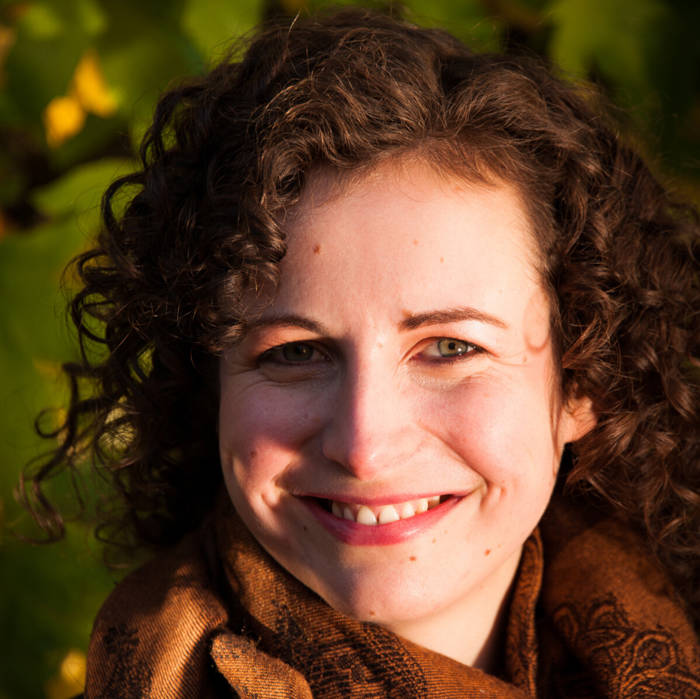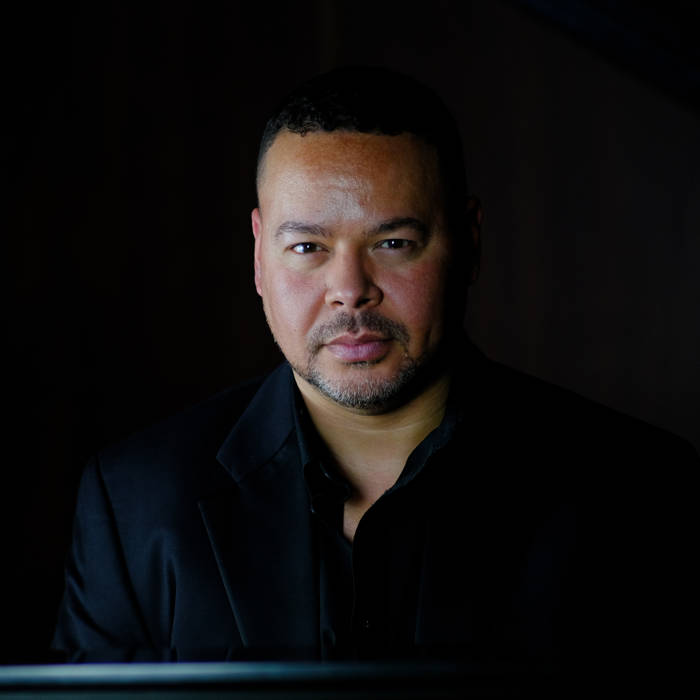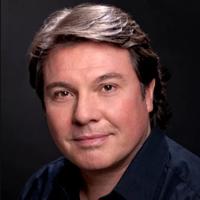Articulatory Activity Of The Tongue, Jaw, And Lips During The Second Passaggio Acoustic Transition Of Female Singers
Thursday 15th September 2022, 5:00 PM - 7:00 PM (London Time)
Sopranos typically exhibit an acoustic modification between 600 and 700 Hz (on /ɑ/) during which second resonance (R2) tracking of the second harmonic (2fo) changes to first resonance (R1) tracking of the fundamental (fo).
To quantify the alteration, the sound pressure level difference between the first two harmonics (L1-L2) was measured for chromatic scales sung between C5♮ and G5♮ (523 to 784 Hz) by 17 sopranos (9 judged by the first author as “techniqued” and 8 as “untechniqued” and confirmed by perceptual experiment).
Techniqued sopranos shifted from negative to positive values of L1-L2 as early as D5♮ (587 Hz), while the least techniqued singers did not make the change at all.
Articulatory correlates were measured using ultrasound of the tongue and optical tracking.
Head-corrected tongue contours showed the most critical articulatory factor to be the size of a triangular area between two points on the hard palate and the most anterior tongue point.
Sopranos who made the change earliest exhibited the largest anterior oral cavities whereas sopranos who never made the acoustic change had significantly smaller anterior cavities.
Larger anterior oral cavities appear to accommodate lower frequencies of R2, presumably lowering L2 and increasing L1-L2. [Supported by NIH grant DC-002717.]
Richard Lissemore
Richard Lissemore is a collaborative teacher, researcher, and performer of voice. He is equally adept at teaching vocal technique and performance for both classical...
Sorry, this is an archived short course...
We have plenty of upcoming short courses coming soon. See details of some of them below or look at the full list of short courses.


Tuesday 16th December 2025
2:00 PM - 4:00 PM
(London Time)
Inspired Sound: Unlocking the Science of Choral Acoustics

Professor Helena Daffern
In this session, Professor Helena Daffern will explore the fascinating science behind choral sound, offering choir singers and directors valuable insights into achieving a cohesive and expressive ensemble, no matter what their standard. The concept of choral blend will be examined —what it is, how it can be cultivated, and the roles of intonation and vibrato will be analysed. The decisions that have to be made around intonation when tuning thirds or dealing with modulations over the course of an a cappella piece will be explained in the context of existing research and different singing styles such as barbershop singing and solo voice ensembles.


Tuesday 16th December 2025
5:00 PM - 7:00 PM
(London Time)
Unclenching the Jaw: Options from the Physio Lens

Walt Fritz
“Jaw tension” is one of many potential problems facing the singer, and can cause a direct negative impact on the performance in both direct and indirect ways. The underlying cause of jaw issues is attributed to numerous factors (technique, posture, strength, range of motion, etc.), making it often difficult to identify common denominators. Join Walt Fritz as he examines the evidence supporting stretching, strengthening, and manual therapy interventions to address jaw-related concerns in vocal performers, taking into account their unique needs.


Thursday 18th December 2025
3:00 PM - 5:00 PM
(London Time)
Improving Lyric Italian Diction for Classical Singers

Professor Conroy Cupido
Join Professor Conroy Cupido as he offers an in-depth exploration of the most frequent pronunciation errors made by classical singers in Italian lyric diction. Designed for both emerging and advanced singers, the course provides a structured and practical approach to mastering Italian pronunciation as used in opera, oratorio, and art song.
